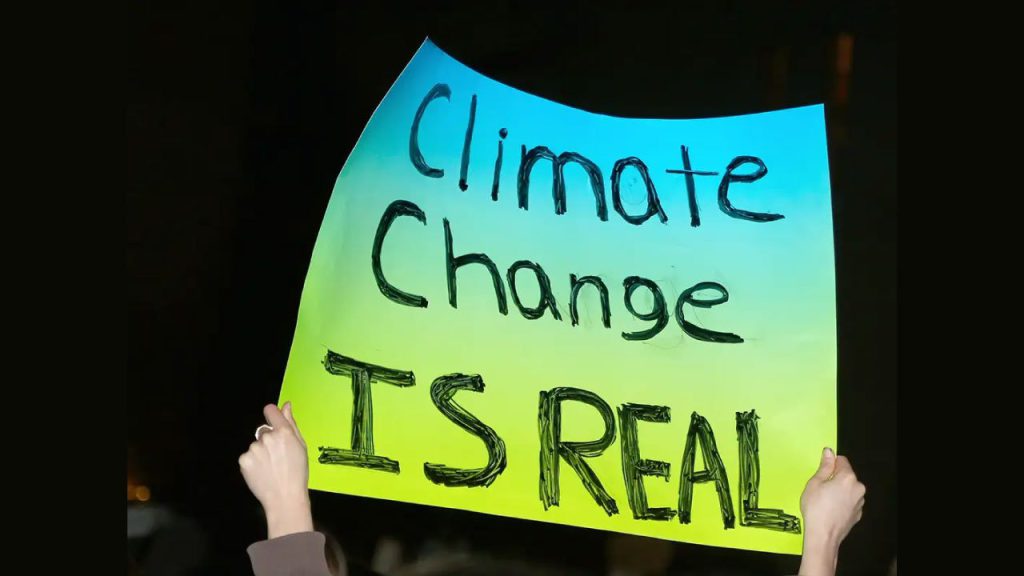Global climate change is alarming. The concentration of greenhouse gasses is now higher than ever, and they continue to rise. Fossil fuel emissions are also back at pre-pandemic levels. Global temperatures are also rising, and the period from 2017 to 2021 is the warmest. The Intergovernmental Panel on Climate Change (IPCC) issued a major report in October 2018, warning of the dangers of catastrophic global warming. The report also warns that greenhouse gas emissions must be dramatically reduced.
The impact of climate change is also affecting economic activity. The cost-benefit analysis measures different interventions’ return on investment (ROI). It is an important tool for climate change decision-making because it considers societal and economic aspects. However, this methodology can be difficult for various actors and timescales. a
The impacts of climate change will be felt by everyone but will be more severe in some places than others. People living in coastal areas and communities reliant on agriculture are particularly vulnerable. The poorest and most vulnerable populations are also likely to be the worst hit. These communities must be more prepared for the effects of climate change to reduce their vulnerability.
The wealthy states should provide enough financing and support for developing countries to meet ambitious emission reduction targets. They should also protect the rights of the people displaced by climate change. Further, they must ensure that people in affected areas are properly informed and can participate in climate policy decisions. This is a vital component of climate change adaptation and mitigation efforts.
The amount of carbon dioxide in the atmosphere is constantly changing. Some of the carbon is absorbed by the oceans quickly, but some remains in the atmosphere for thousands of years. There is a natural balance among these gases, but human activities have added considerable amounts of carbon dioxide to the atmosphere since the 1750s. In addition, carbon is transferred into the ocean sediments very slowly.
There is a disproportionate distribution of responsibility for climate damage among high-income countries. There are guidelines to quantify responsibility for the damages caused by climate change, but these are not the only factors. The size of a country’s population is another important factor. For example, China has a four-times larger population than the US. This means that the metric of responsibility must take this into account.
According to the UN Framework Convention on Climate Change (UNFCCC), climate change is defined as any change in the atmosphere that can be attributed to human activity. This change affects both natural and human climate variability. This change affects both natural and human climate variability. This distinction helps to understand the impact of climate change on different people in different parts of the world. This is one of the key aspects of the UNFCCC report.
Carbon dioxide emissions from fossil fuel sources must be reduced. This requires companies to make information about their emissions public and shift their portfolio towards renewable energy. Furthermore, they must extend mitigation efforts to their entire supply chain.



